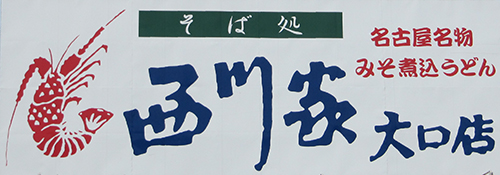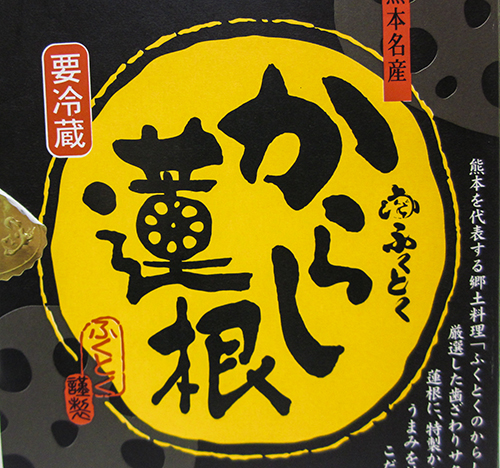146. The "West" Radical: 襾, 覀, and 西
Radical 146 presents a conundrum. Sources such as Nelson call 西 the main shape, treating 襾 and 覀 as variants. But other dictionaries, including Kanjigen, deem 襾 the primary form of the radical, with 覀 and 西 as its variants.
It's a tough call. The most recognizable of the three shapes is this Joyo kanji:
西 (152: west; Spain)
Though 襾 looks unfinished, it's actually a non-Joyo kanji meaning "cover."
When sources conflict, I generally defer to Kanjigen, and I've done so here, but not just because that's my policy. I also recognize that 襾 pops up in three non-Joyo kanji: 襾 itself, as well as 覃 (deep; to extend) and 覈 (to investigate). By contrast, the on-duty radical 146 looks like 西 only in 西 (152).
Then again, 覀 is visible in three Joyo kanji classified under radical 146:
要 (593: need, request; essence, summary; important)
覇 (1683: domination)
覆 (1765: cover; to overturn)
Be that as it may, no one has proposed that 覀 be the main radical shape!
Two more notes on the shape of our radical:
• All forms of radical 146 have six strokes.
• Be sure not to confuse 西 with 酉 (radical 164: "saké").
Photo Credit: Eve Kushner
The 西 in these signs resembles the variant 覀. It's part of 西山 (にしやま), which is likely a surname here.
The 小豆島 (しょうどしま) is the name of the Inland Sea island on which this store is located. The 石の店 (いしのみせ) means "rock store"; this shop sells items made of stone. The penguins are saying いらっしゃいませ (Welcome), and I have no idea why they look so shady or skeptical.
What Is Radical 146 Called?
We can simply call radical 146 "west" or にし (west). Other Japanese names are more involved.
One variant name is かなめのかしら (要の頭), alluding to 要 as a kanji representative of 覀. The かなめ corresponds to the Joyo kun-yomi of 要. And かしら (頭: head) refers to 覀 as the upper half of 要.
Another variant name is おおいかんむり (覆い冠), which instead treats 覆 as a reference point for 覀. The おおい corresponds to the word 覆い (おおい: cover; mantle; shroud; hood). And かんむり (冠: crown) again indicates that our radical occupies the top of 覆.
Both 頭 and 冠 are viable position names when radicals "crown" characters that divide neatly into a top and bottom. For more on this nomenclature, see Radical Terms and read about radical position 3.

Photo Credit: Anne Hill
In this sign from Aichi Prefecture on Honshu, It's hard to recognize 西, but it's just to the right of the crustacean. The 西 heads off 西川家 (にしかわや), where 家 is downright illegible. The 大口店 (おおぐちてん) tells us that this now-closed establishment was in an area called Oguchi. The そば処 (そばどころ) identifies the business as a soba shop.
The red words are as follows:
名古屋名物 みそ煮込うどん
Nagoya specialty—udon boiled in miso-flavored broth
名古屋 (なごや: Nagoya); 名物 (めいぶつ: specialty);
みそ煮込うどん (みそにこみうどん: udon boiled in miso-flavored broth)
Oguchi is not in Nagoya, but the shop served Nagoya-style food.
What Does the "West" Radical Contribute Etymologically?
In Henshall's newer edition, he informs us that the top part of 要 (593: need) may once have been 襾 (stopper, plug), which he calls an abbreviated form of 票 (sign). I believe that comment about 襾 pertains only to 要.
And in his etymology of 覇 (1683: domination), he says that both 襾 (as a top component) and the current component 覀 were originally pictographs of a "stopper." Incidentally, Henshall collectively treats the top and left side of one early shape of 覇 as representing "bones bleached by elements." He emphasizes that the 覀 that's now on top is not a variant of 西. And he calls the contemporary meaning loan usage.
Similarly, in his explanation of 覆 (1765: cover; to overturn), he asserts that the radical represents a "stopper, cover" and is a pictograph, not a variant of 西. He calls "overturn" loan usage.
As for 西 (152: west; Spain), he notes that early forms likely depicted a "basket," "wine press," or "nest," depending on which scholar you ask. "From the outset," says Henshall, this character "appears to have been a loan for 'west.'"
All of this is to say that our radical once depicted certain objects but no longer contributes those senses to the four Joyo characters in which it's on duty.

Photo Credit: Samuel
I find this image cool. Maybe that's because the 要冷蔵 (ようれいぞう) on the upper left means "requiring refrigeration"! Sorry—that was bad! But I do love the rendering of the first character in 蓮根 (れんこん: lotus root); the center of the non-Joyo 蓮 resembles the cross-section of that vegetable!
To the right of 蓮根 lies からし (辛子: mustard), and to the right of that we find what appears to be the manufacturer's logo. Under that is ふくとく (福徳: fortune; happiness and prosperity), the name of the manufacturer of this mustard-flavored lotus root. As the right-hand text says, this dish represents Kumamoto Prefecture.
